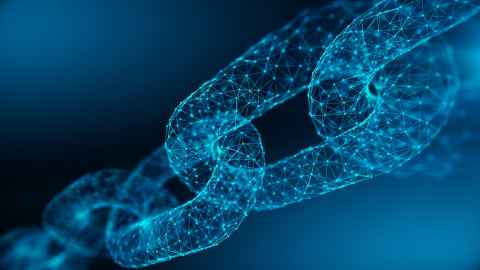NFTs: At last, a technology that can turn struggling artists into multi-millionaires…
3 June 2021
Or so the hype goes. NFTs (non-fungible tokens) are a new technological innovation that use blockchain to achieve digital scarcity and digital ownership. NFTs have exploded in the last few months into popular media, as well as creative production and consumption, but their use and abuse raise many questions.

What exactly is an NFT? What can NFTs do with and for the arts? Who are the NFT creators, artists and collectors currently participating in a NFT arts market? Are NFTs just another by-product of a techno-enthusiast environment, or do they have the potential to disrupt the traditional art market as we know it? Why is there so much hype around them?
A recent Zoom webinar at the University of Auckland brought academic researchers into conversation with NFT entrepreneurs to explore this new technology and how it connects with creative enterprise. The panellists were Associate Professor Alex Sims, University of Auckland Business School; Aaron McDonald, CEO + Co-founder centrality.ai “A world UNcorporated”; and Brooke Howard-Smith, Co-Founder of Unstoppable Art Machine.
The facilitator was Fabio Morreale, Faculty of Creative Arts and Industries, University of Auckland.
You can watch the webinar at the link below. But to fully appreciate the content, let’s first answer the basic question:
What exactly is a non-fungible token (NFT)?
“Non-fungible” describes an item that is unique and can’t be replaced with something else. For example, a bitcoin is fungible, similar to cash – if you lend one or a part of one bitcoin to another person, you don’t expect to get paid back with the same bitcoin. But because every NFT is unique, proving the provenance and ownership of the item is much simpler. To put it in terms of physical art collecting: anyone can buy a Picasso print. But only one person or organisation can own the original.
How do NFTs benefit artists and creators?
Until now, art has been hard to monetise broadly: collectors of original artworks have traditionally been a wealthy elite. Also, galleries and agents clip the ticket before the artist is paid. But NFTs can be used to cut out the gatekeepers, allowing artists to sell and distribute their work directly to the buyers, build ongoing wealth from it, and create viral communities that enlarge their audience (by millions). Hence this new technology is inherently more democratic and participatory than the traditional art marketplace.
How do NFTs work?
NFTs contain information about the provenance and history of the artwork, and can include monetary incentives for distribution, royalty streams, ways to purchase and so on. And importantly, they are embedded in a blockchain (a tamper-proof environment). Essentially, with a NFT you can buy ownership of the work or parts of the work if ownership has been fractionalised. But it is a case of ‘buyer beware’, as the exact rights the purchaser obtains depends on the NFT. Normally, as with other physical artworks, copyright remains with the artist. Depending on how the NFT is created, the creator can be automatically paid a percentage of the purchase price every time the work is sold.
But hang on, you might say. Making copies of virtual artworks is a lot easier than making physical copies in the real world. What’s to stop an artist from selling ten NFTs of the same work? Well, nothing, actually (so long as they change the work very slightly each time). It’s up to the artist to protect their reputation, and the buyer to be careful who they buy from.
What else can be done with NFTs?
NFTs are not limited to art – they have a very broad range of uses. For example, a concert ticket can be an NFT. Unlike the current system, where the same concert ticket can be resold to more than one person – and it is impossible for a purchaser to know if they are being scammed – if the concert ticket is an NFT there can be only one ticket, and its owner is easily verified.
NFTs can also be connected to real-world objects in new ways that benefit both the creators and their audience. In the webinar, Aaron and Brooke shared the story of Unstoppable Art Machine (UAM), a global treasure hunt that allows street artists to advertise and monetise their work. A QR code is added to the piece of street art that drops clues about its location, and UAM launches the hunt across their platforms. The first person to find the artwork and scan the QR code becomes the owner of the NFT. The NFT is hosted on a UAM platform and whenever an owner decides to sell it in their marketplace, the artist earns a resale share in perpetuity.
Such ingenuity! And this is only the beginning. NFTs offer opportunities to connect communities of interest all over the world, and open up a brave new world of commerce that is available to everyone.
To find out more (and there’s lots more!) watch the webinar.
Five academics from across the University of Auckland are working together on a new research programme looking at Disruptive business models and new ways of value co-creation in the arts:
- Julia Fehrer, Billie Lythberg and Jamie Newth from the Business School
- Molly Mullen from the Faculty of Education and Social Work
- Fabio Morreale from the Faculty of Creative Arts and Industries
To find out more about this cross-disciplinary research project, please reach out to them.